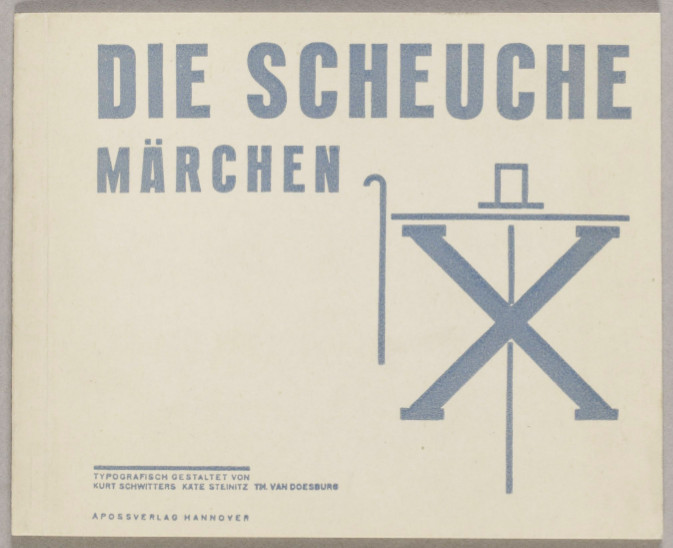Garnet Hertz (ed.): Critical Making (2012)
Filed under artist publishing | Tags: · 3d printing, art, contemporary art, critical making, design, diy, diy biology, engineering, hacker culture, hackerspace, machine, maker culture, manifesto, open source, science, technology

“Critical Making is a handmade book project by Garnet Hertz that explores how hands-on productive work ‐ making ‐ can supplement and extend critical reflection on technology and society. It works to blend and extend the fields of design, contemporary art, DIY/craft and technological development. It also can be thought of as an appeal to the electronic DIY maker movement to be critically engaged with culture, history and society: after learning to use a 3D printer, making an LED blink or using an Arduino, then what?
The publication has 70 contributors ‐ primarily from contemporary art and academia ‐ and its 352 pages are bound in ten pocket-sized zine-like volumes. The project takes the topic of DIY culture literally by printing an edition of 300 copies on a hacked photocopier with booklets that were manually folded, stapled and cut. The 300 finished copies were primarily given away for free to project contributors, individuals and institutions important to them. Some of the handmade copies were traded for reviews, photographs, videos, lectures and were given to library archives.
Due to the large demand for this content, the entire collection had been scanned and released on conceptlab.com/criticalmaking and through the Twitter account @criticalpdfs.”
Publisher Telharmonium Press, Hollywood/CA, November 2012
Open Access
10 booklets, 352 pages total
Reviews: Debatty (We Make Money Not Art, 2013), Blue (Engine Institute, 2013).
single PDF (36 MB)
PDF contributions (67 pieces)
Kurt Schwitters, Käte Steinitz, Theo van Doesburg: Die Scheuche: Märchen (1925–) [DE, EN, ES]
Filed under artist publishing, children's book | Tags: · dada, de stijl, graphic design, typography

“In Die Scheuche: Märchen [The Scarecrow: A Fairytale] phrasing borrowed from German fairytales, grammar lessons, and religious texts combine into a formal hybrid that is cast in type. For the creators of this children’s book, such serious play with ready-made genres and print components offered a means of collecting the fragments of the past and assembling them to rebuild for the future. The narrative itself thematizes this pursuit: “once upon a time” there was a scarecrow well-appointed in the accoutrements of bourgeoisie comfort, complete with frockcoat, lace scarf, and cane. He is mocked by fowl and beaten by the farmer who made him. A child then pries the cane from the farmer (who has stolen it from the scarecrow) and with a single blow dismantles the order of ownership. The story ends with the ghosts of the items’ erstwhile owners arriving to reclaim their effects.” (Source)
Publisher Apossverlag, Hannover, 1925
12 pages, 13 x 16 cm
via Kunsthaus Zurich
Commentary: Leslie Atzmon (Design Issues, 1996)
Die Scheuche: Märchen (German, 1925, 22 MB, updated on 2020-9-5)
The Scarecrow (English, trans. Jack Zipes, typogr. Barrie Tullet, 2009, partial view on Google Books)
El espantapajaros. Cuento (Spanish, 2012, added on 2017-10-3)
Oskar Kokoschka: Die träumenden Knaben / The Dreaming Youths (1908/1917) [DE]
Filed under artist publishing, children's book | Tags: · art, dreams, jugendstil, poetry, psychoanalysis, sexuality

“In 1907, Fritz Waerndorfer, the financial backer of the Wiener Werkstätte, the leading design workshop in Vienna, commissioned Oskar Kokoschka, still a student at Vienna’s Kunstgewerbeschule (School of decorative arts), to make an illustrated fairy tale for his children. Kokoschka instead delivered a haunting poem about awakening adolescent sexuality set on far-off islands, away from the modern city and bourgeois life. His carefully composed text alluded to classical and contemporary literature by Johann Wolfgang von Goethe and Viennese writer Peter Altenberg. Kokoschka dedicated the volume to artist Gustav Klimt, from whom he borrowed the square format for the images, which push the text to the margins.
The book debuted at the monumental Kunstschau exhibition in Vienna in 1908. The original printer, who worked with another publisher of a famous series of children’s books, backed out upon seeing Kokoschka’s proofs. The Wiener Werkstätte published the book in 500 copies under its own imprint. As anticipated, the work sold poorly. In 1917, publisher Kurt Wolff, who had befriended the artist, reissued 275 remainder copies.” (Source)
Commentary: Rosa J.H. Berland (Source: Notes in the History of Art, 2008).
First published by Wiener Werkstätte, Vienna, 1908
New edition: Kurt Wolff, Leipzig, 1917
Printer of plates: Albert Berger, Vienna (lithographs)
Printer of plates: August Chwala, Vienna (line block reproductions)
Printer of text: August Chwala, Vienna
Typography: Antiqua (Ver Sacrum [1898], Imperial-Royal Court Foundry Poppelbaum)
10 unnumbered folios, 24 x 29.3 cm
via MOMA
PDF (1917 edition, 12 MB)
Comment (0)
